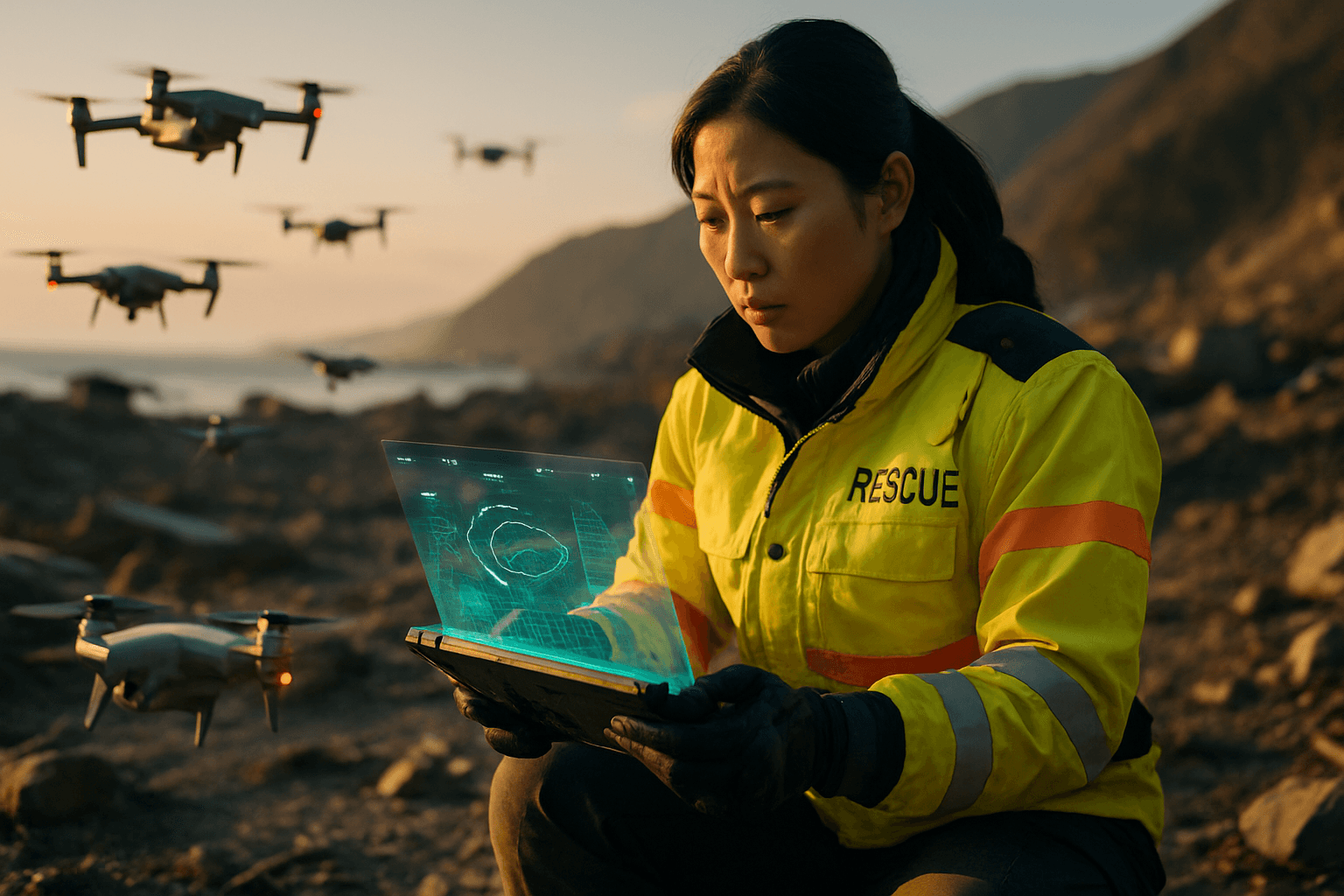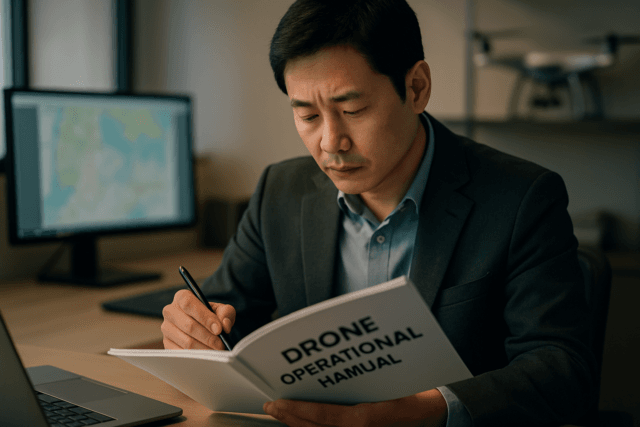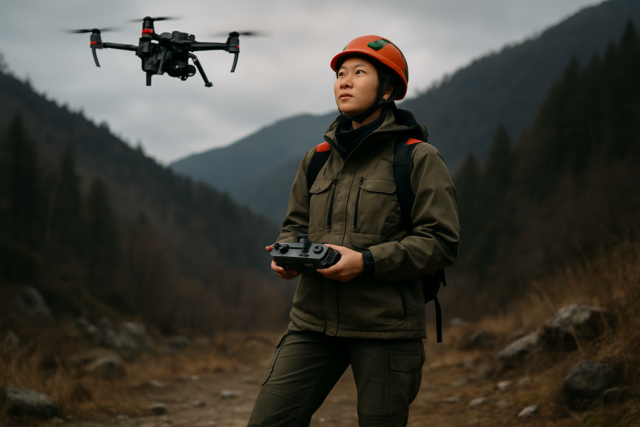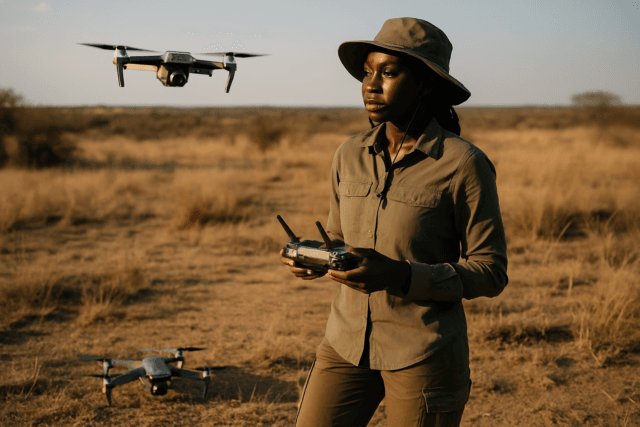Drone swarms are emerging as a transformative technology in large-scale search and rescue (SAR) efforts, offering unprecedented capabilities for rapid, efficient, and comprehensive coverage of expansive and often challenging environments. By leveraging the collective intelligence and coordinated actions of multiple unmanned aerial vehicles (UAVs), these swarms significantly enhance the effectiveness of locating and assisting individuals in emergency situations, such as natural disasters or missing person scenarios.
Enhanced Coverage and Speed in Disaster Zones
One of the primary advantages of drone swarms in SAR is their ability to cover vast areas far more quickly and thoroughly than individual drones or traditional ground-based methods. Unlike a single drone, a swarm can divide a large search area into smaller, manageable sections, with each drone systematically surveying a specific zone. This parallel processing approach allows for a comprehensive sweep of the terrain in a fraction of the time it would take using conventional techniques, drastically reducing the critical time to locate survivors. In the aftermath of events like hurricanes, earthquakes, or floods, swarms can be rapidly deployed to survey damaged areas, providing real-time imagery and data to emergency managers for informed decision-making.
Rapid Deployment and Area Division
The swift deployment capability of drone swarms is crucial in time-sensitive rescue missions where every minute counts. Once airborne, the swarm can quickly establish an aerial overview of the situation, helping rescue coordinators identify promising areas for ground team deployment and spot potential hazards. This efficient division of labor among multiple drones allows for a thorough and expedited search.
Persistent Monitoring and Data Collection
Drone swarms can operate continuously, with individual units returning for recharging while others maintain the search effort, ensuring an uninterrupted search. They can carry a diverse array of sensors, providing a multi-modal approach to data collection that surpasses the capabilities of a single drone.
Advanced Sensing and Collaborative Intelligence
Drone swarms utilize intelligent algorithms and communication protocols to facilitate collaborative decision-making among the drones. They can share real-time information, such as search progress, detected obstacles, or survivor sightings, allowing the swarm to adapt its search patterns and prioritize areas of interest. This collective intelligence enables more effective and targeted search efforts.
Multi-modal Sensor Integration
Swarms can be equipped with a variety of sophisticated sensors. Thermal imaging cameras can detect body heat signatures even when survivors are hidden under rubble or dense foliage. High-resolution cameras capture visual details, while advanced audio sensors can pick up faint sounds or cries for help. Specialized equipment like chemical detectors or LiDAR can also be integrated for a comprehensive assessment of the environment.
AI-Powered Analysis and Path Optimization
The integration of artificial intelligence (AI) and machine learning plays a pivotal role in enhancing drone swarm capabilities. AI algorithms can analyze vast amounts of data in real-time, identifying patterns and anomalies that might indicate the presence of missing persons or hazards. This allows drones to autonomously scan large areas, differentiate between humans and animals, and even predict the potential movement patterns of lost individuals. AI also aids in dynamically assigning roles to individual drones and optimizing flight paths, further increasing the efficiency of the search.
Operational Resilience and Enhanced Situational Awareness
Drone swarms are designed with resilience in mind, ensuring mission continuity even if individual drones encounter technical issues or obstacles. If a drone within the swarm experiences a problem, the swarm can adapt and redistribute tasks among the remaining drones to continue the SAR operation.
Redundancy and Mission Continuity
The inherent redundancy of a swarm system means that the failure of a single unit does not jeopardize the entire mission. This resilience is critical in unpredictable and often hazardous search environments.
Real-time Information for Ground Teams
Drone swarms provide real-time situational awareness to ground-based SAR teams. Live video feeds and data streams transmitted from the swarm to a command center allow operators to analyze information and make informed decisions, accelerating response times and improving overall coordination. This synergy between aerial swarms and ground teams significantly reduces the time to locate and reach survivors.
Challenges and Future Directions
Despite the numerous advantages, the widespread implementation of drone swarms in SAR operations faces several challenges. Key research areas include improving visualization and situational awareness for operators managing multiple drone feeds, addressing technical issues such as communication failures or malfunctions, and navigating the complexities of team culture integration and public perception.
Overcoming Technical and Operational Hurdles
Technical challenges encompass issues with sensors, communication technologies, computer vision, and algorithms for safe and efficient swarm control, especially in harsh terrains and adverse weather conditions. Regulatory hurdles, such as licensing requirements and airspace restrictions, also pose significant challenges, though exceptions for public safety use are being developed.
Human-Swarm Collaboration and Trust
Integrating autonomous drone swarms into the existing practices of emergency response teams requires a significant shift in how rescue missions are conducted. Building trust between human searchers and autonomous robotic systems is crucial. Researchers are working on programming drones to coordinate search trajectories with human searchers, anticipating their movements and prioritizing difficult-to-traverse areas.
Public Perception and Ethical Considerations
Public concern regarding privacy and safety is a significant challenge that needs to be addressed to gain trust and acceptance for drone swarm deployment in SAR. International cooperation and standardization efforts are also needed to establish a cohesive global approach to the ethical and legal implications of drone swarm technology.
As AI, sensor technology, and swarm coordination algorithms continue to advance, drone swarms are poised to become an increasingly indispensable tool in emergency response efforts, transforming the effectiveness and efficiency of large-scale search and rescue missions.





